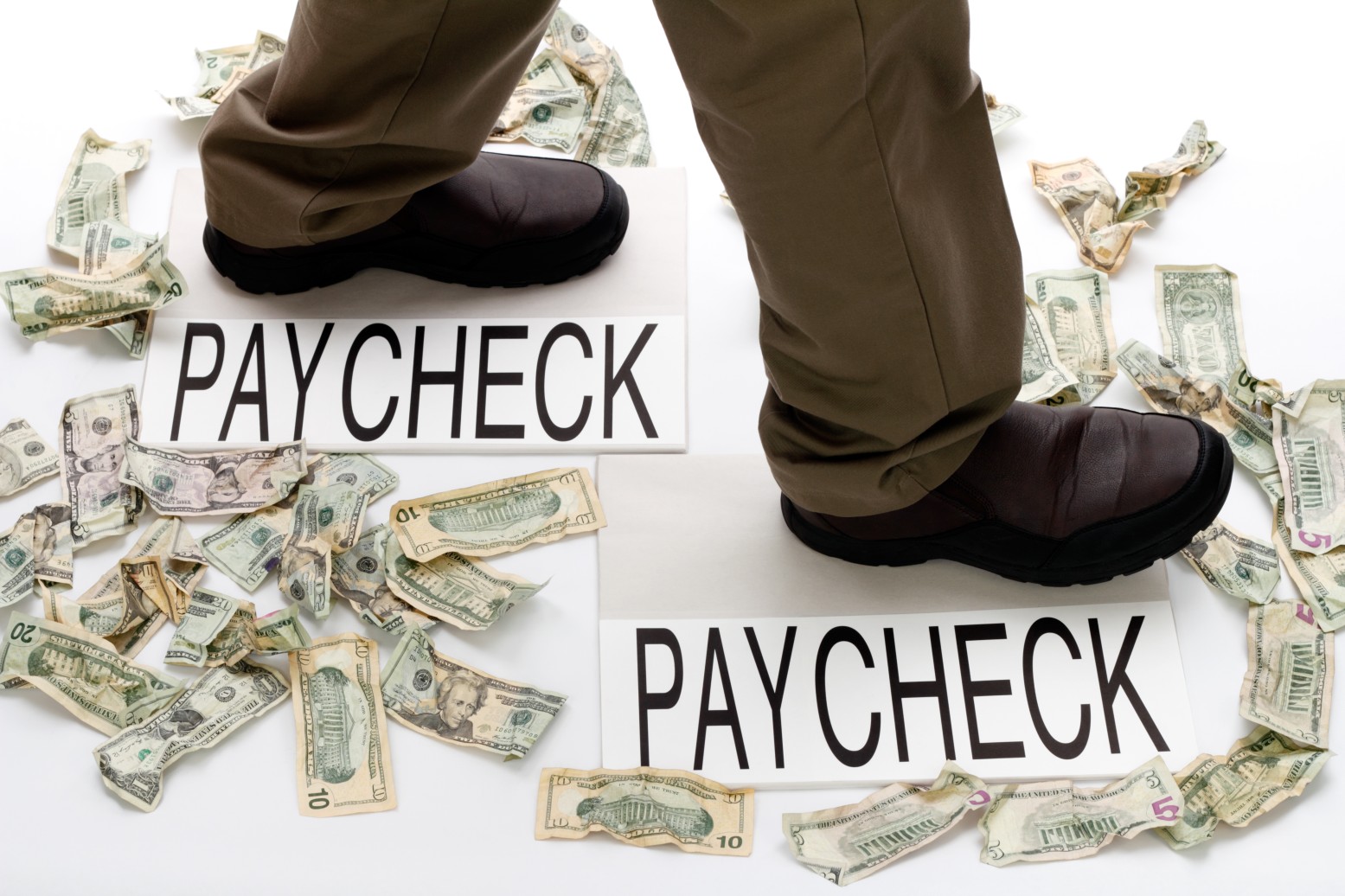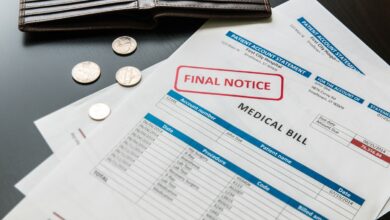Three in every five Americans are financially unstable. They are living paycheck to paycheck. Doing so means that they are able to pay their monthly bills, but they have no money left over after they have done so.
The growing number of people who find themselves in this situation is concerning. The reason: They will be hard put to cope should they be faced with an unexpected financial emergency, such as a large medical or car repair bill. Without adequate savings, they will be forced to borrow money, such as on a credit card, to pay the expense. Doing so, in turn, will add to their monthly payments and make it harder to come out on their monthly incomes.
Rising interest rates mean that those payments now are steadily becoming higher and higher than before. Those living paycheck to paycheck therefore face the risk of slipping into the category of those people who struggle to pay their bills each month.
Living paycheck to paycheck also means that these people likely are not putting money aside for savings. If they lose their jobs they will have little on which to draw to keep going financially until they find a new job.
Losing financial security
In a nutshell, these people are losing their financial security, points out Anuj Nayar, financial health officer of San Francisco-based LendingClub, which, along with data from PYMNTS, conducted the survey of about 3,500 consumers that revealed the latest picture of Americans’ financial stability.
The survey shows that a fifth of all consumers are struggling to pay their bills. At the same time six in every 10 people earning between $50,000 and $100,000 are living paycheck to paycheck—a high figure that appears to be growing steadily higher.
High-income earners
What is even more concerning, however, is that the survey reveals that the greatest growth in the number of those living paycheck to paycheck is shown among high-income earners—those earning above $100,000 a year.
Almost half of those in this bracket are living paycheck to paycheck, according to the survey. This figure represents a strong jump in high-income earners who are in this situation. In September 2021 this group represented 38% of the total respondents to the survey. In August the number jumped to 45% of the total.
Main cause is inflation
Not unexpectedly, the main factor causing more and more people to be living from paycheck to paycheck is inflation which is running at 40-year highs. Consumers are struggling to make ends meet each month as a result of sharp increases in the prices of everyday items, eating into their ability to put money aside for unexpected large expenses, savings, and retirement.
Almost all consumers said they noticed that the prices on products they bought during the month before the survey was held were significantly higher.
Groceries and gas were mentioned as having been responsible for the strongest increases in prices.
Recurring bills, too
Not only did the respondents note that prices on products are going up, seven in every 10 respondents reported that the amounts they are paying on recurring bills also are rocketing.
The main source of complaints as far as recurring bills is concerned are hikes in utility bills. More than half of the respondents considered the increases in those bills as being highly important to them.
How consumers have changed
The survey also found that:
• Half of the respondents say they have changed the ways in which they spend and manage their money.
These changes have been made in what they buy rather than on how much they spend. A quarter say they have become more money smart. Two in 10 say they have changed the places at which they shop.
• More are using credit cards to fund their purchases, but they are continuing to do so even though they have noticed that interest rates have increased.
Everyone realizes that prices have been rising for most Americans, Nayar says. Increases are taking place not only in the services and goods that they buy but also in the interest rates that they are incurring to fund their living.
As a result, Americans are adapting their spending to inflation. At the same time many are failing to realize the true cost of credit, Nayar adds.
This behavior can be detrimental to those who pay the minimum amount on their credit cards each month.
Advising people simply to cut back on spending, to stay on budget, and spend only on essentials is not in itself helpful, Nayar suggests. After all, essential means something different for everyone.
The implication is that many consumers who are resorting to credit cards need to realize how much more they are spending on credit as a result of higher interest rates—and take action in that regard.
• Rural communities appear to have been impacted more than those who live in the cities.
More than a third of rural consumers have changed how they spend and manage their money. Only a quarter of those who live in the cities have done so, the survey finds.
Did you find this content useful? Feel free to bookmark or to post to your timeline for reference later.






